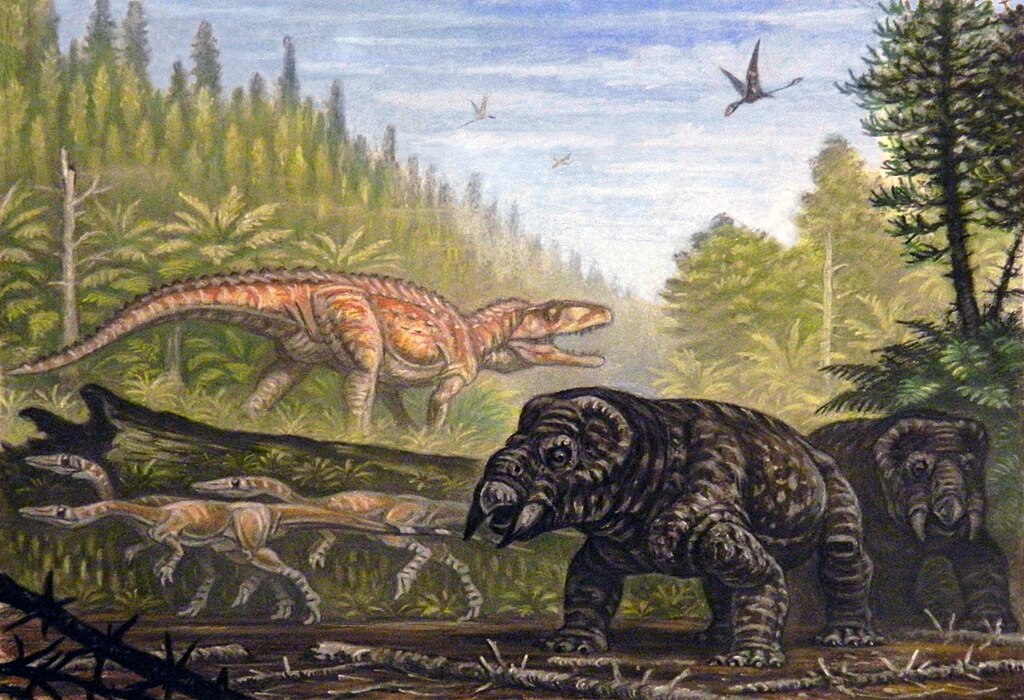Imagine standing face-to-face with a towering T. rex, its massive skull gleaming under museum lights, while your heart pounds with the same primal fear our ancestors might have felt millions of years ago. The Perot Museum of Nature and Science in Dallas doesn’t just display dinosaurs – it resurrects them, bringing these ancient titans back to life through cutting-edge exhibits that blur the line between past and present. This isn’t your typical dusty museum experience where fossils sit behind glass like forgotten relics. Here, prehistoric giants roam again, their stories unfolding in ways that will leave you questioning everything you thought you knew about life on Earth.
The Crown Jewel of Paleontology
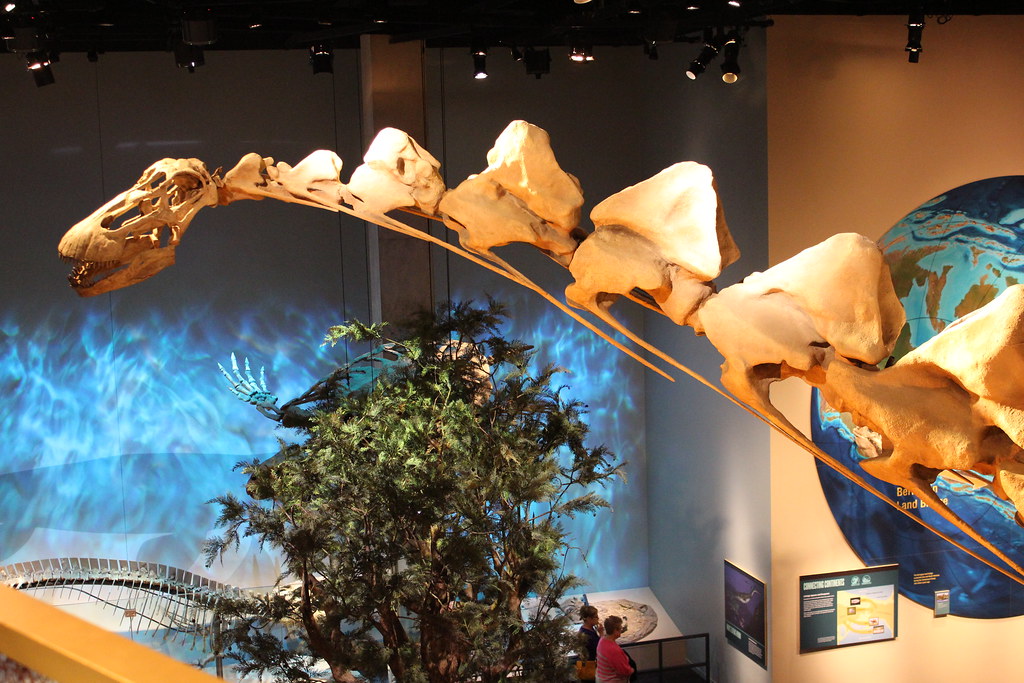
The Perot Museum stands as one of North America’s premier destinations for dinosaur enthusiasts, housing some of the most complete and spectacular fossil specimens ever discovered. What sets this Dallas institution apart isn’t just the size of its collection, but the revolutionary way it presents these ancient creatures to visitors. The museum’s paleontology hall spans multiple floors, creating an immersive journey through deep time that feels more like stepping into a time machine than walking through exhibit halls. Every skeleton tells a story that spans millions of years, connecting us to a world so alien yet so fundamental to understanding our own existence. The sheer scale of these displays often leaves visitors speechless, particularly when they encounter the museum’s most famous residents up close.
Meeting the Legendary Tyrannosaurus Rex
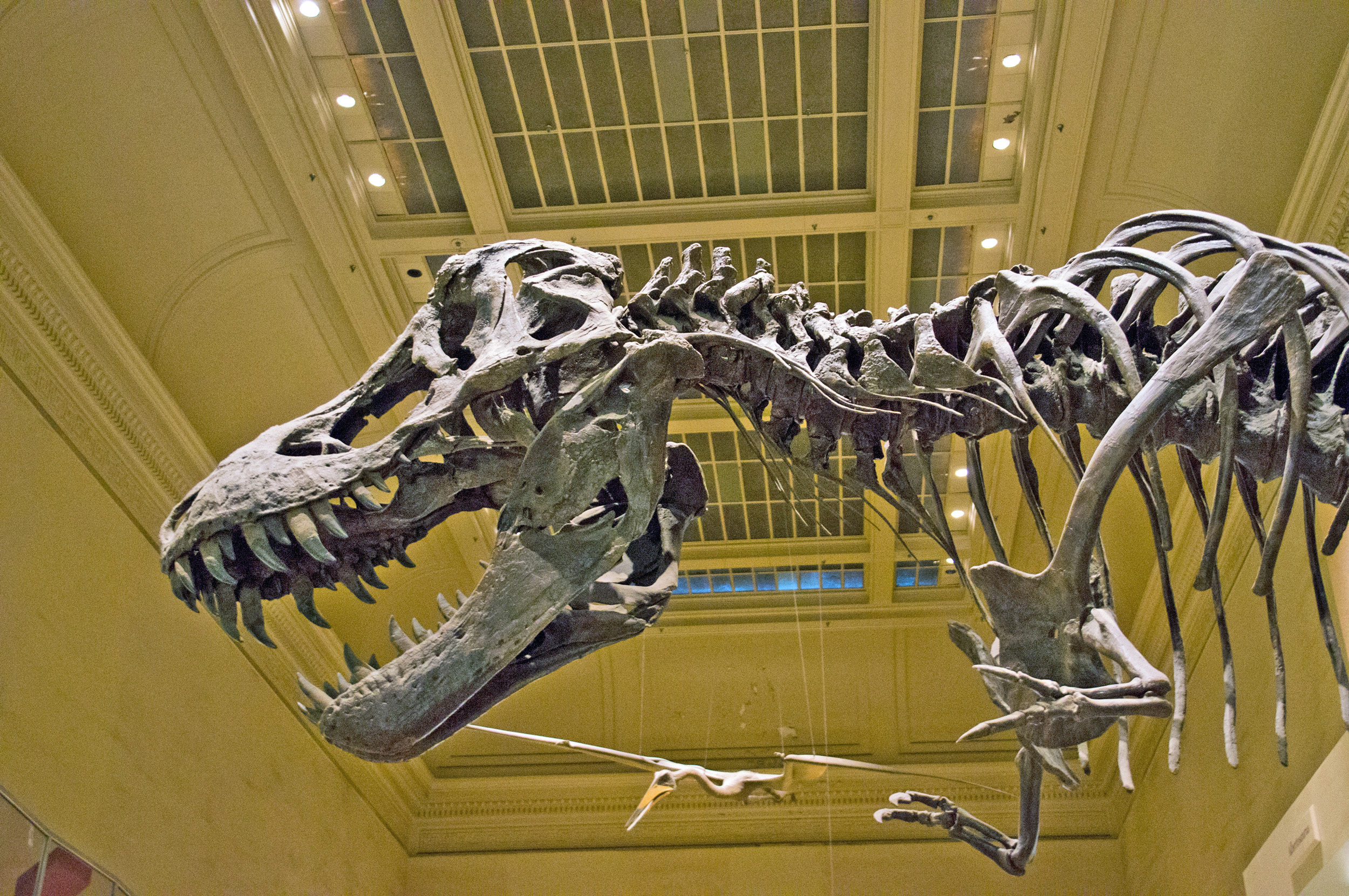
The museum’s T. rex specimen, affectionately known as “B-rex,” dominates the central hall like a prehistoric emperor surveying his domain. This isn’t just any dinosaur skeleton – it’s one of the most complete T. rex fossils ever found, with over 70% of its bones preserved in stunning detail. Standing nearly 13 feet tall and stretching 40 feet from nose to tail, B-rex commands respect and wonder in equal measure. The positioning of this magnificent creature allows visitors to walk completely around it, examining every angle of this apex predator that ruled North America 68 million years ago. What’s truly remarkable is how the museum presents B-rex not as a static display, but as a living, breathing creature frozen in time, complete with interactive elements that help visitors understand how this massive predator moved, hunted, and survived.
The Gentle Giants of the Cretaceous

While carnivorous dinosaurs often steal the spotlight, the Perot Museum’s collection of herbivorous giants tells an equally compelling story of survival and adaptation. The museum houses spectacular specimens of long-necked sauropods, armored ankylosaurs, and duck-billed hadrosaurs that showcase the incredible diversity of plant-eating dinosaurs. These gentle giants developed fascinating strategies for survival, from the club-tailed Ankylosaurus that turned defense into an art form, to the towering Alamosaurus that could reach treetops other dinosaurs could only dream of. Each specimen reveals something new about how these creatures lived, fed, and protected themselves in a world filled with predators. The museum’s presentation of these herbivores challenges the common misconception that plant-eaters were boring, showing instead how they evolved some of the most innovative survival mechanisms in natural history.
Texas-Sized Discoveries
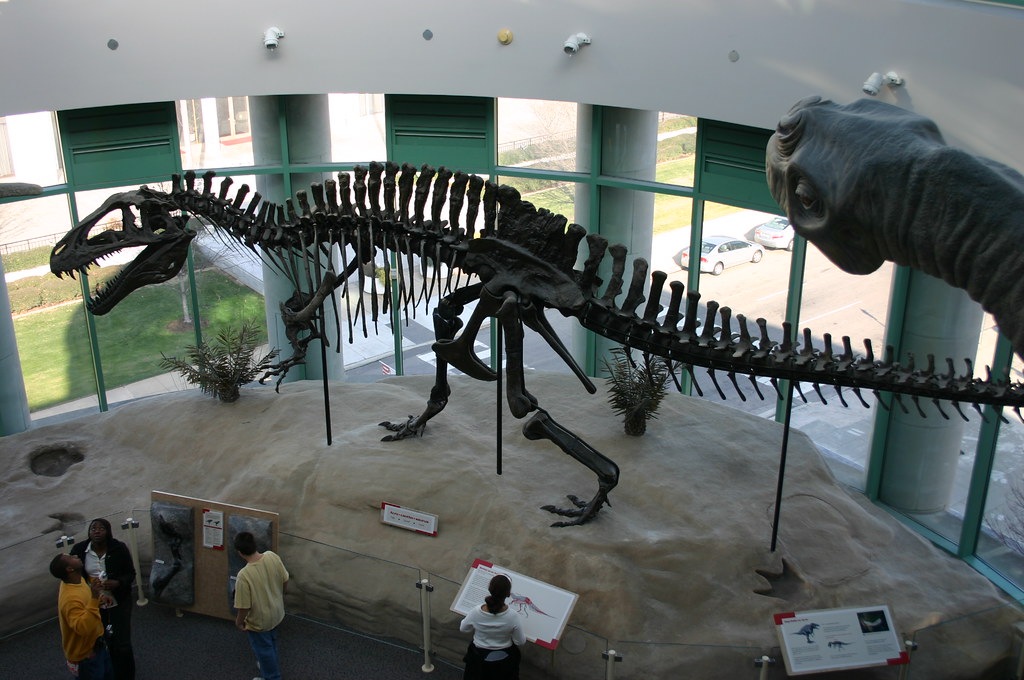
What makes the Perot Museum particularly special is its focus on dinosaurs discovered right here in Texas, proving that the Lone Star State was once home to some of the most impressive prehistoric creatures on Earth. Texas has yielded fossils from over 40 different dinosaur species, making it one of the richest dinosaur fossil sites in North America. The museum showcases several Texas natives, including the fearsome Acrocanthosaurus, a massive predator that roamed what is now Texas 110 million years ago. This “high-spined lizard” was even larger than the famous T. rex, stretching up to 38 feet in length and sporting distinctive neural spines along its back. The Alamosaurus, another Texas titan, represents one of the last great sauropods to walk the Earth before the mass extinction event that ended the age of dinosaurs.
The Science Behind the Skeletons

Behind every spectacular display at the Perot Museum lies years of painstaking scientific work that transforms scattered fossil fragments into complete prehistoric narratives. The museum offers visitors a behind-the-scenes look at how paleontologists piece together these ancient puzzles, from initial field discovery to final museum display. Fossil preparation is an art form that requires incredible patience and skill, as scientists carefully remove millions of years of sediment using tools ranging from dental picks to pneumatic chisels. The process of reconstructing a single dinosaur skeleton can take anywhere from several months to several years, depending on the condition and completeness of the fossils. What visitors see as polished displays actually represents countless hours of meticulous work by dedicated scientists who treat each bone as a precious piece of Earth’s history.
Interactive Technology Meets Ancient History
The Perot Museum has revolutionized the way visitors experience paleontology through cutting-edge interactive technology that brings dinosaurs to life in unprecedented ways. Augmented reality stations allow guests to see how these creatures looked with flesh, skin, and feathers, while motion sensors trigger realistic dinosaur sounds and movements throughout the exhibits. Touch-screen displays provide detailed information about each specimen, including 3D models that visitors can rotate and examine from every angle. The museum’s “Paleo Lab” features live fossil preparation work, where visitors can watch scientists carefully extract bones from rock matrix in real-time. Perhaps most impressive are the biomechanical simulations that show how these massive creatures actually moved, breathed, and interacted with their environment millions of years ago.
The Great Extinction Mystery
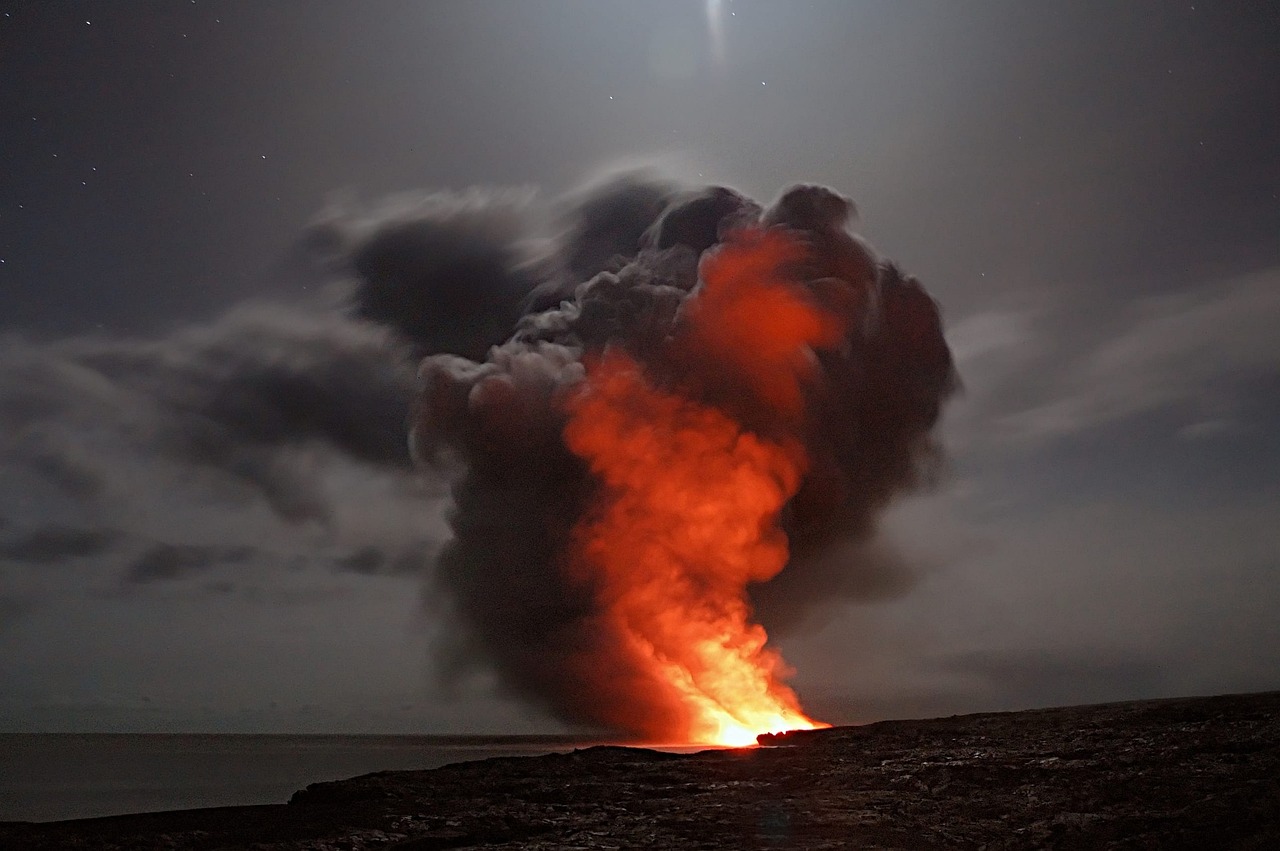
One of the most compelling sections of the Perot Museum explores the great mystery that has captivated scientists for decades: what caused the extinction of non-avian dinosaurs 66 million years ago? The museum presents multiple theories, from the famous asteroid impact hypothesis to massive volcanic eruptions and climate change, allowing visitors to examine the evidence for themselves. Interactive displays show how the Chicxulub asteroid impact would have created a global catastrophe, throwing debris into the atmosphere and blocking sunlight for months or even years. The museum doesn’t shy away from the complexity of this scientific debate, presenting evidence for multiple contributing factors rather than oversimplifying this pivotal moment in Earth’s history. What emerges is a story of how even the most successful species in Earth’s history couldn’t survive when their world changed too quickly for them to adapt.
Feathered Dinosaurs and the Bird Connection

Perhaps one of the most revolutionary discoveries in modern paleontology is the realization that many dinosaurs had feathers, fundamentally changing how we visualize these ancient creatures. The Perot Museum showcases stunning specimens and reconstructions that illustrate this evolutionary link between dinosaurs and modern birds. These feathered dinosaurs weren’t just curiosities – they represent a crucial evolutionary step that led to the only dinosaur lineage to survive the mass extinction: birds. The museum’s displays show how feathers likely evolved for insulation and display long before they were used for flight, challenging our traditional image of scaly, reptilian dinosaurs. Visitors can examine detailed replicas of feathered dinosaur fossils from China, where exceptional preservation conditions have revealed intricate details of prehistoric plumage that existed over 150 million years ago.
Babies, Eggs, and Family Life
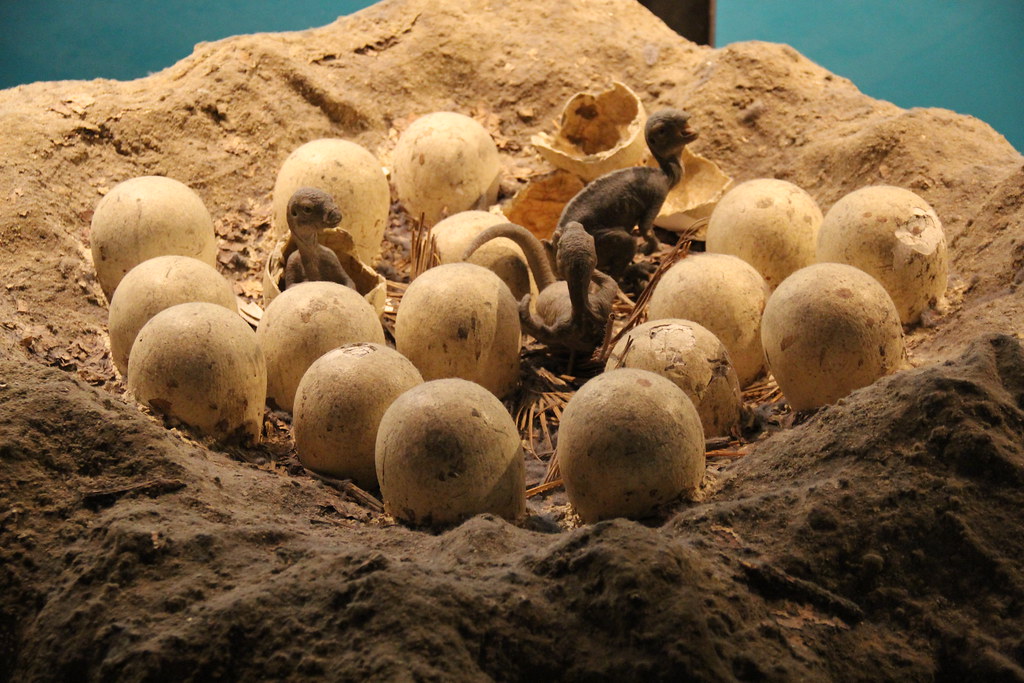
The Perot Museum offers fascinating insights into dinosaur reproduction and family life through its collection of eggs, nests, and juvenile specimens. These discoveries have revealed that many dinosaurs were devoted parents who carefully tended their nests and protected their young, much like modern birds. The museum displays actual dinosaur eggs from various species, some still containing fossilized embryos that provide incredible insights into dinosaur development. Nest sites discovered in Montana and other locations show evidence of complex social behaviors, including communal nesting areas where multiple dinosaur families raised their young together. Perhaps most touching is the evidence that some dinosaur parents sat on their nests to protect and warm their eggs, a behavior we can still observe in their descendants today.
Marine Reptiles: Rulers of Ancient Seas
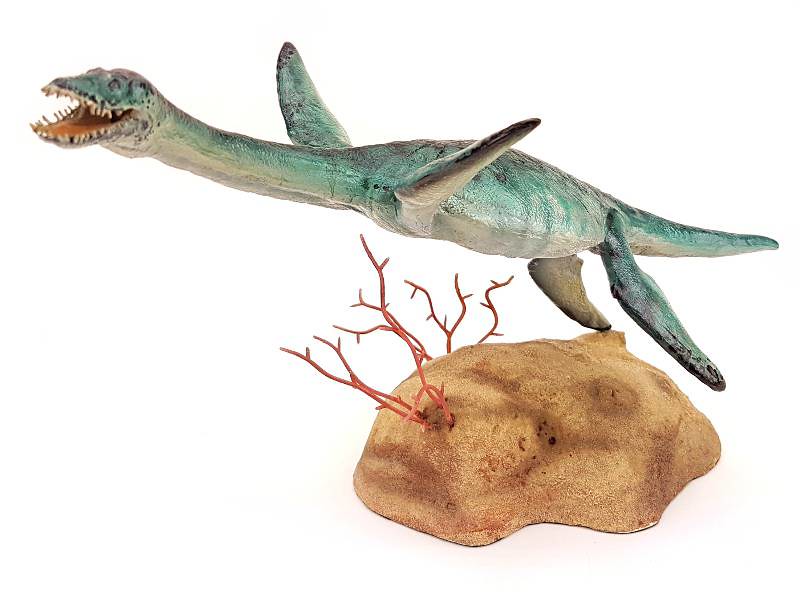
While dinosaurs dominated the land, equally impressive reptiles ruled the ancient seas, and the Perot Museum showcases these marine giants alongside their terrestrial cousins. Massive mosasaurs, long-necked plesiosaurs, and dolphin-like ichthyosaurs patrolled prehistoric oceans with the same dominance that dinosaurs exercised on land. The museum’s marine reptile collection includes spectacular specimens that reveal how these creatures adapted to life in the water while maintaining their reptilian heritage. Some of these marine predators grew to enormous sizes – the largest mosasaurs reached lengths of over 50 feet, making them among the most formidable predators ever to swim in Earth’s oceans. These exhibits help visitors understand that the age of reptiles wasn’t limited to land but encompassed every environment on the planet.
Flying Giants of the Mesozoic Skies
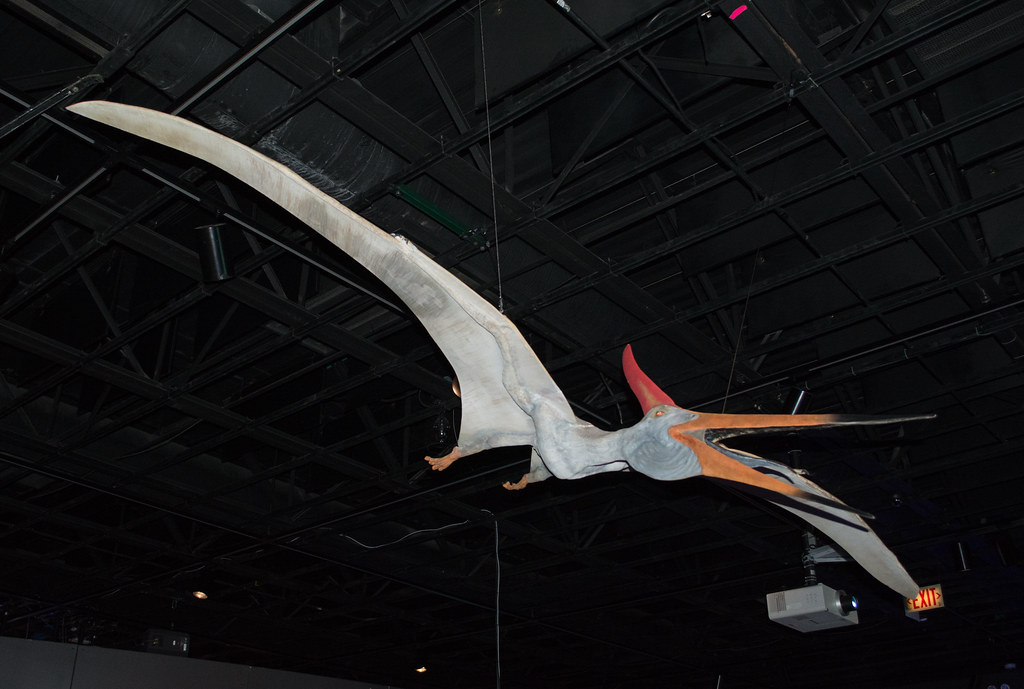
The skies above dinosaur-dominated landscapes were filled with pterosaurs, flying reptiles that achieved powered flight millions of years before the first birds took wing. The Perot Museum’s pterosaur exhibits showcase these remarkable creatures, from tiny sparrow-sized species to giants with wingspans exceeding 30 feet. Quetzalcoatlus, the largest known pterosaur, had wings spanning wider than a small airplane and likely soared over Late Cretaceous landscapes like a prehistoric condor. The museum uses detailed models and interactive displays to show how these creatures achieved flight despite their large size, revealing sophisticated adaptations including hollow bones, powerful flight muscles, and intricate wing membranes. These exhibits challenge visitors to reimagine Mesozoic skies filled not just with the first primitive birds, but with a diverse array of flying reptiles that dominated aerial environments for over 150 million years.
Fossil Formation and Preservation
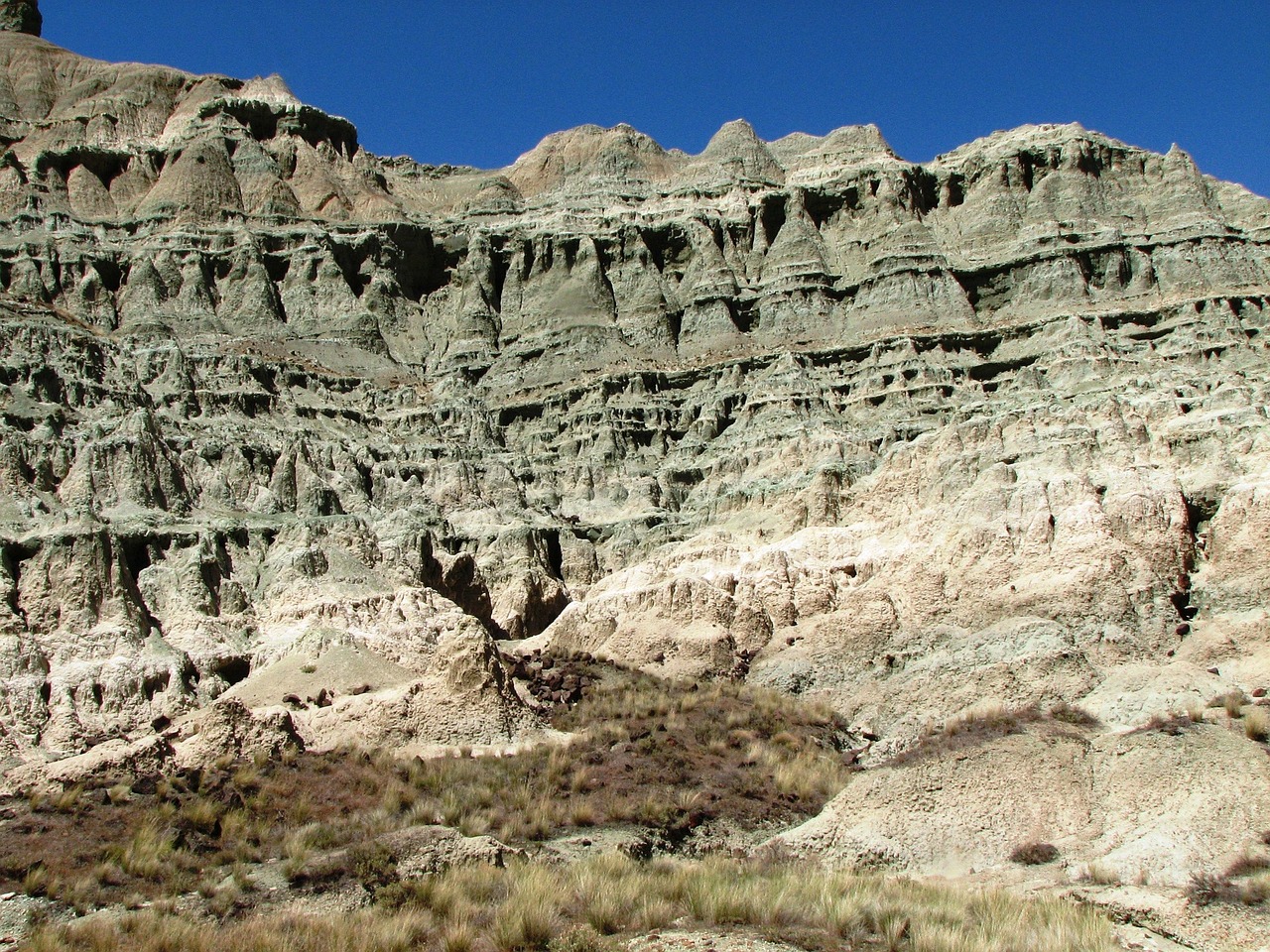
Understanding how dinosaur fossils form helps visitors appreciate just how remarkable it is that we can study these creatures at all, given that fossilization is an extremely rare process. The Perot Museum explains the precise conditions required for fossil formation, from rapid burial in sediment to the gradual replacement of organic material with minerals over millions of years. Most dinosaurs that died simply decayed and left no trace, making every fossil specimen a rare window into the ancient past. The museum shows how different environments preserve fossils differently, from the exceptional preservation found in ancient lake beds to the fragmentary remains typically found in river deposits. Perhaps most importantly, these exhibits help visitors understand that every fossil represents not just an individual animal, but a moment in time captured in stone, complete with information about ancient climates, ecosystems, and environmental conditions.
The Future of Dinosaur Discovery

Paleontology continues to evolve rapidly, with new discoveries and technologies constantly changing our understanding of dinosaurs and their world. The Perot Museum stays current with these developments, regularly updating exhibits to reflect the latest scientific findings and discoveries from around the globe. Advanced imaging techniques now allow scientists to see inside fossilized eggs without breaking them, while isotope analysis reveals details about dinosaur diets and migration patterns. New species are discovered regularly – in fact, paleontologists identify an average of one new dinosaur species every week, dramatically expanding our knowledge of these ancient creatures. The museum’s commitment to showcasing cutting-edge research ensures that visitors experience paleontology as a dynamic, evolving science rather than a collection of dusty old bones. These ongoing discoveries continue to surprise scientists and the public alike, proving that dinosaurs still have many secrets left to reveal.
Planning Your Prehistoric Adventure
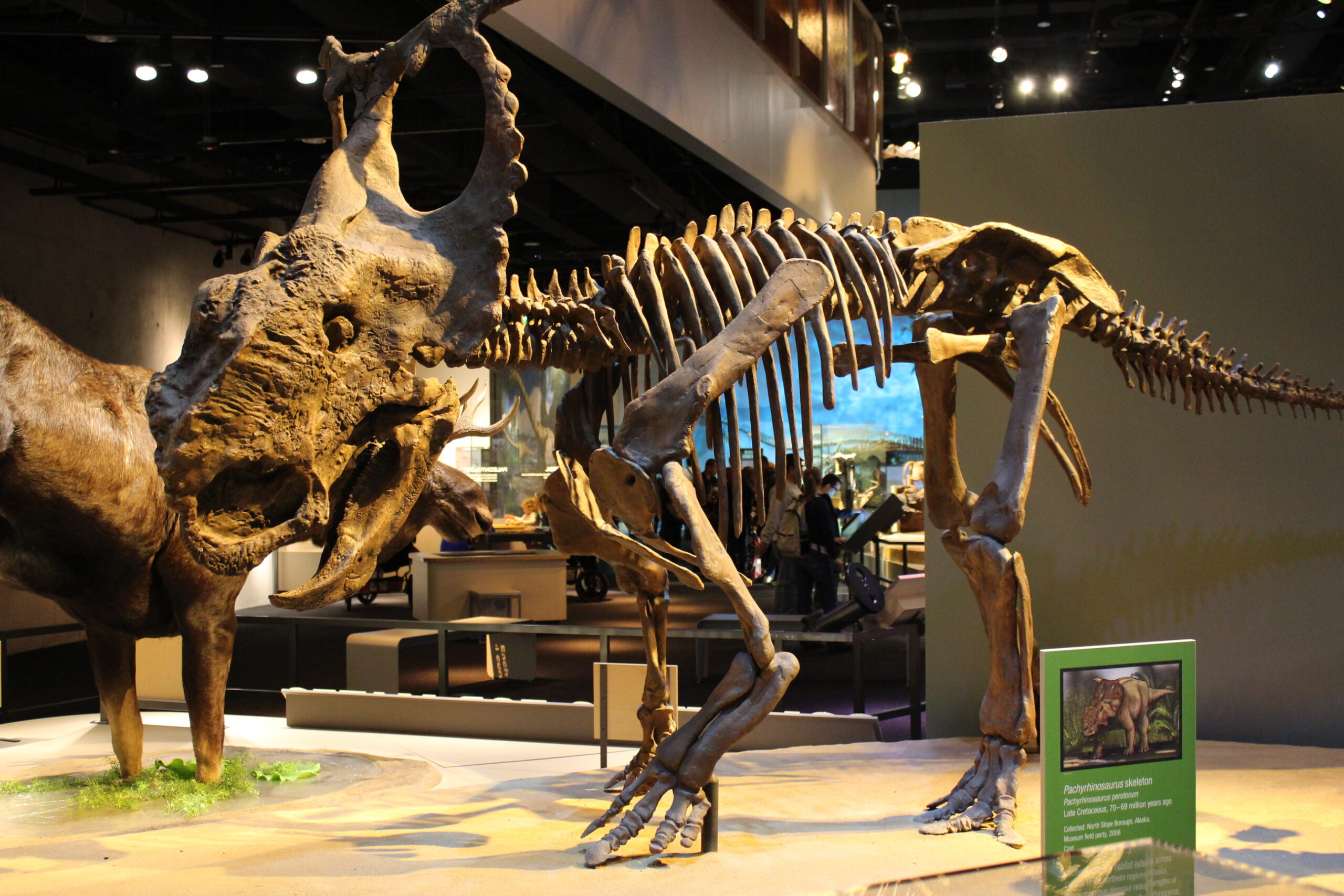
A visit to the Perot Museum’s dinosaur exhibits requires planning to make the most of this incredible experience, as the sheer scope of the collection can be overwhelming for first-time visitors. The museum recommends allowing at least three to four hours to properly explore the paleontology halls, though many dinosaur enthusiasts find themselves spending entire days immersed in these prehistoric worlds. Special behind-the-scenes tours offer access to fossil preparation labs and storage areas not typically open to the public, providing an even deeper appreciation for the scientific work involved in paleontology. The museum frequently hosts special events, including dinosaur-themed sleepovers where visitors can spend the night surrounded by these ancient giants. For families with children, interactive programs and hands-on activities help young paleontologists develop their own appreciation for these magnificent creatures that once ruled our planet.
Conclusion
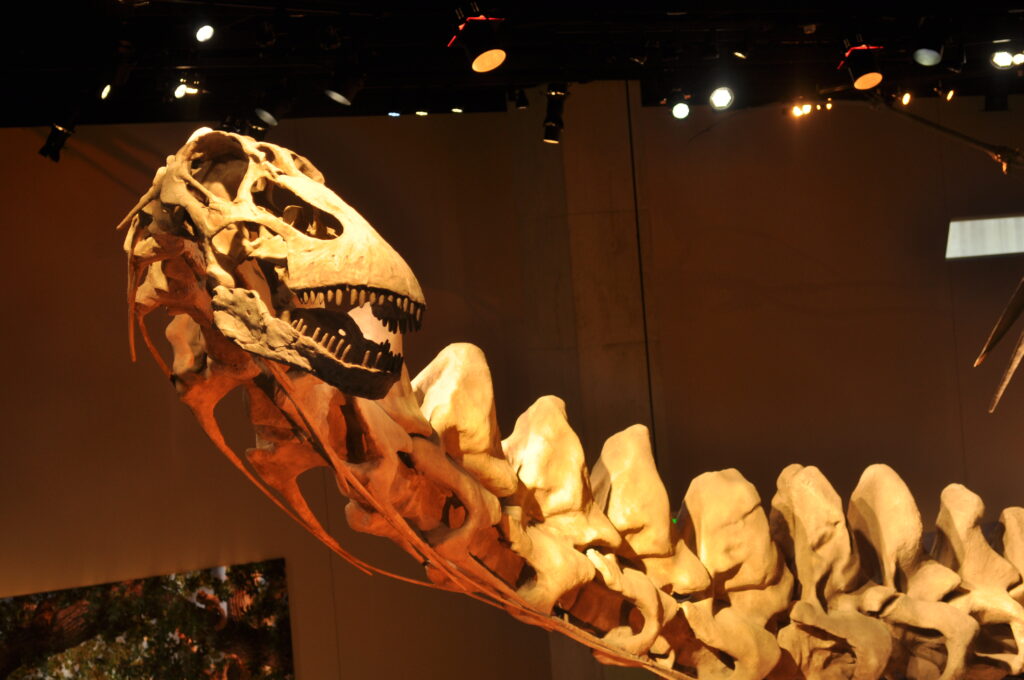
The Perot Museum of Nature and Science represents more than just a collection of old bones – it’s a gateway to understanding our planet’s incredible history and our own place within it. These Texas titans continue to inspire wonder, curiosity, and respect for the natural world, proving that some stories are so powerful they transcend the millions of years that separate us from their subjects. Whether you’re a seasoned paleontology enthusiast or someone who simply marvels at the mysteries of the natural world, the dinosaurs of Dallas offer an unforgettable journey through deep time that will leave you seeing our planet in an entirely new light. What secrets do you think these ancient creatures are still waiting to reveal?



